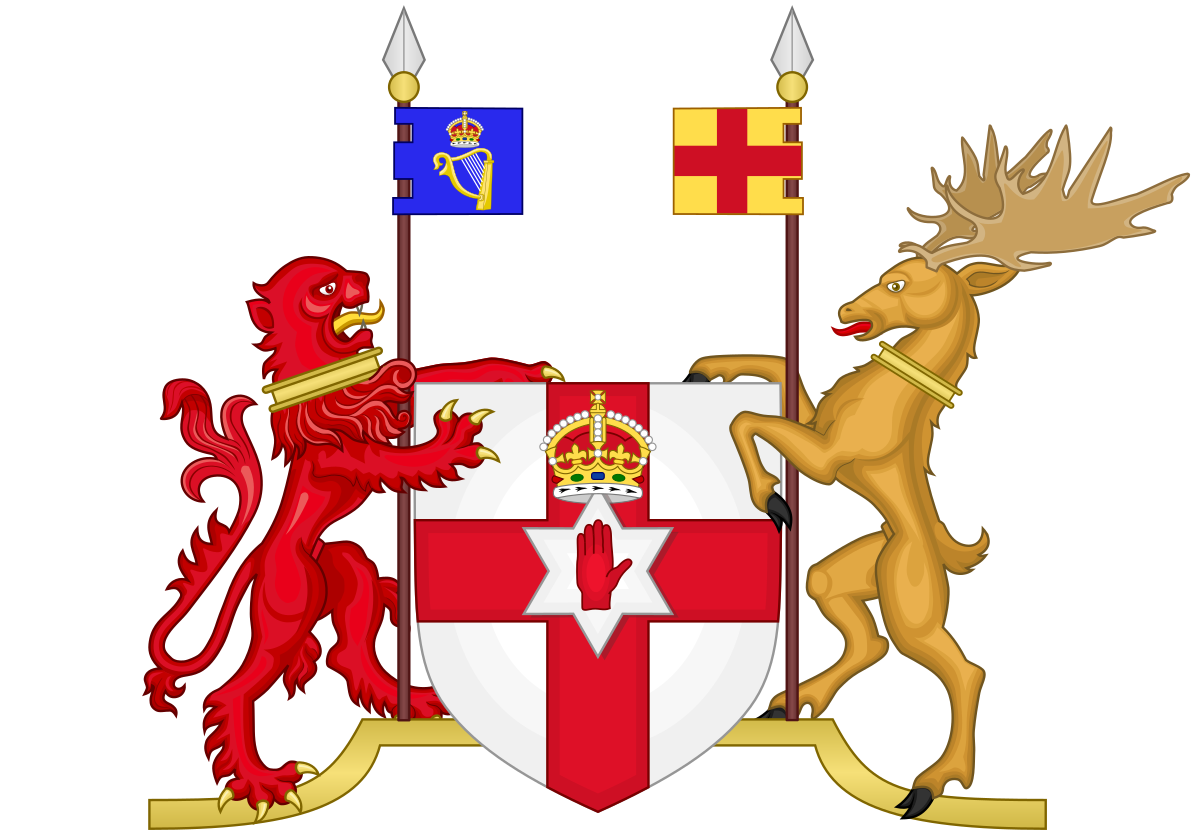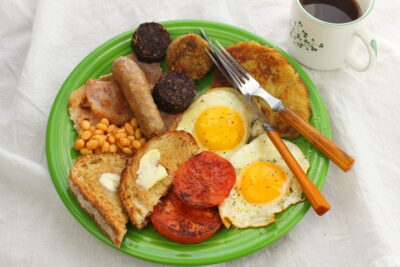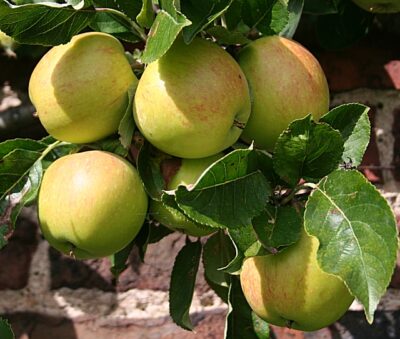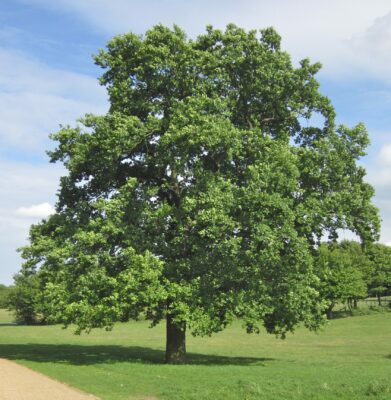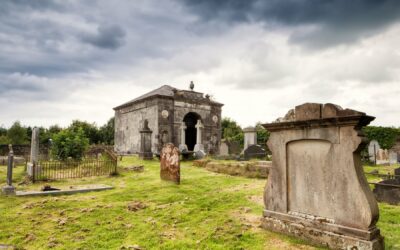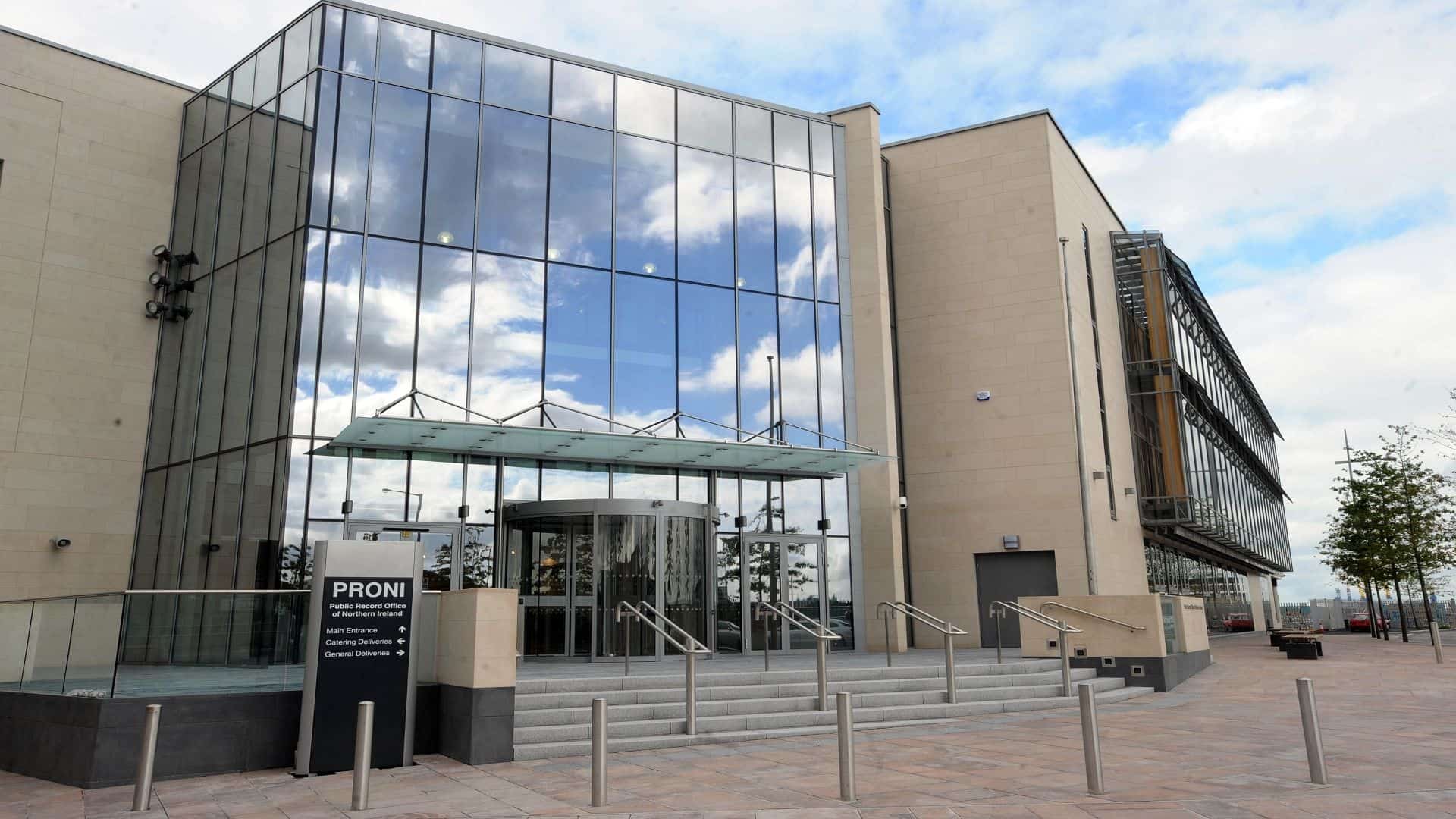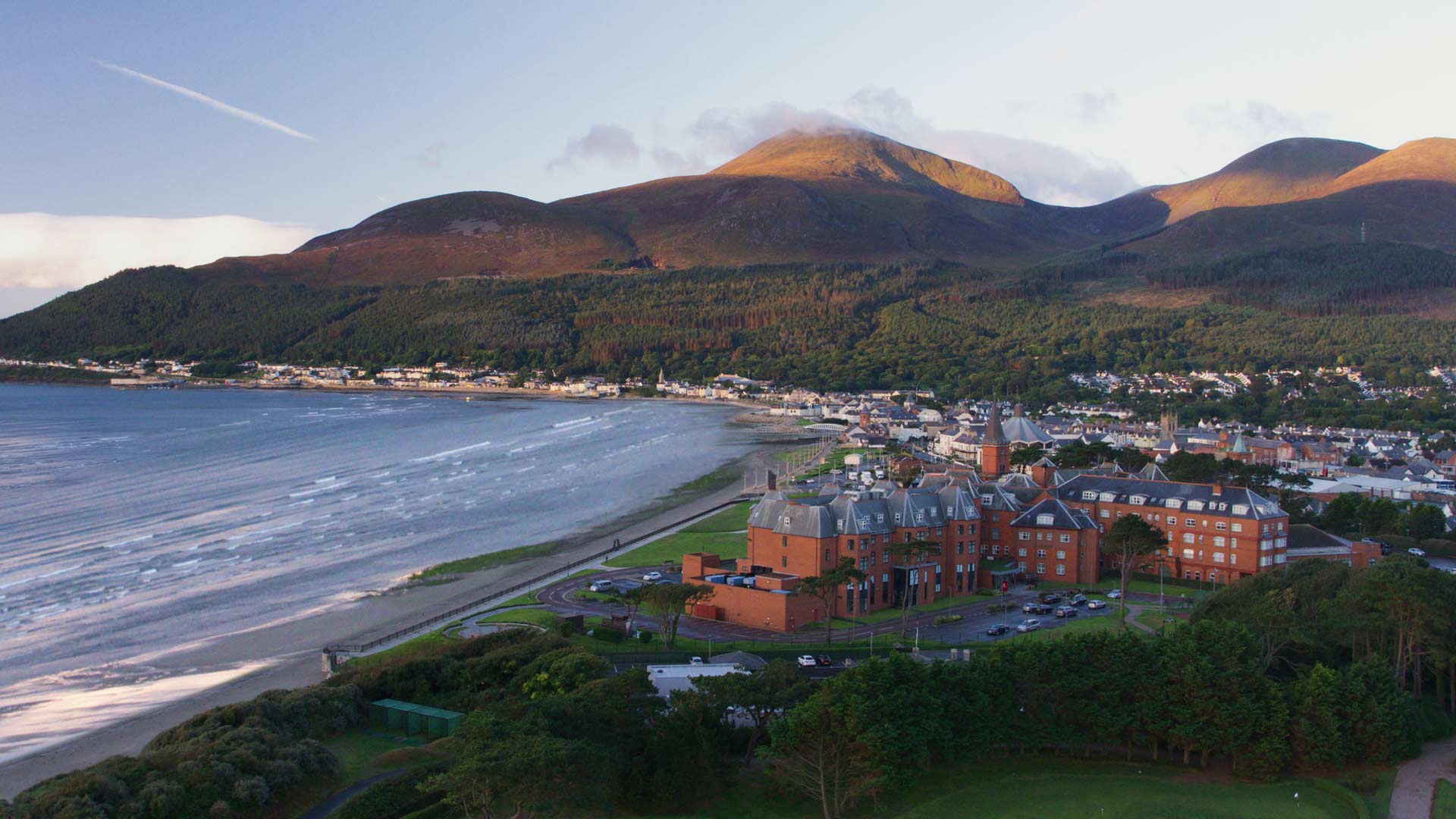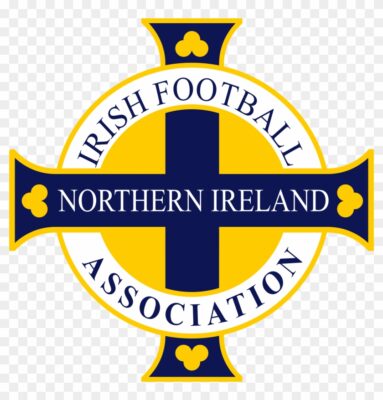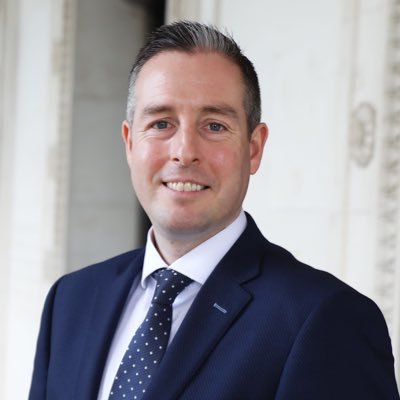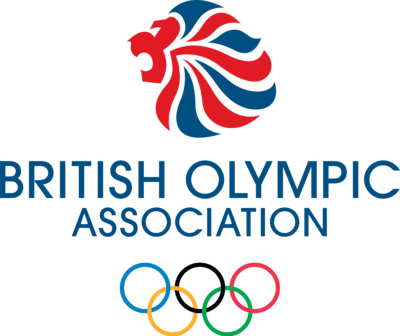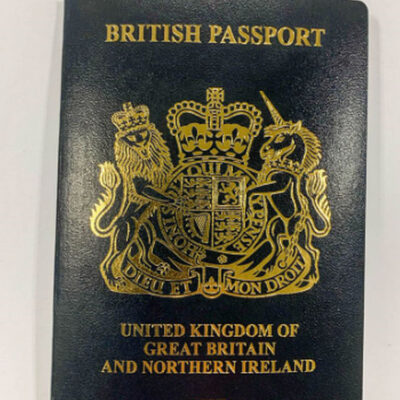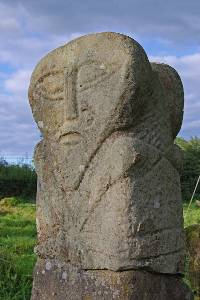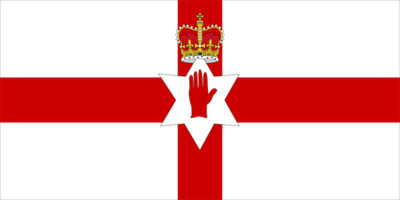National Symbols of Northern Ireland
Last updated on May 16th, 2023 by Editorial Staff
Table Of Contents
Reviewed by Rittika
Northern Ireland is a country in Europe. The people of Northern Ireland are called Northern Irish. It is located in the northeast of the island of Ireland, Northern Ireland shares a border to the south and west with the Republic of Ireland.
Etymology discusses where a term is considered to have originated from and how its meaning has changed over time. Etymology has been a factor in the naming of countries all across the world, and Northern Ireland has also been influenced. The etymology of Northern Ireland can be defined as; The names Ireland and Éire derive from Old Irish Ériu, a goddess in Irish mythology first recorded in the ninth century.
An ethnicity is a group or sub-group of people who are connected based on common characteristics which may include religion, origin, language, traditions, or culture. The ethnic groups in Northern Ireland include White, Asian, black, and others.
The national color of the country is Azure blue. The ISO code is GB.
Northern Ireland is known for the Giant’s Causeway. The appearance of almost 40,000 massive, regularly shaped columns, which are perfectly divided, forming a pavement, is the site’s most distinctive and singular feature. This breathtaking sight gave rise to myths of giants crossing the ocean to Scotland. The national dish of Northern Ireland is the Ulster fry. Irish whiskey, in addition to being a traditional beverage, is one of the country’s national drinks.
The country has the time zone UTC (Greenwich Mean Time) followed by dd/mm/yyyy as the standard date format.
Northern Ireland is divided into 6 counties and 11 districts. The capital of the country is Belfast, which is also the largest city in Northern Ireland.
The literacy rate in Northern Ireland is 99%.
The country’s total area is 14,130 km² (5,460 sq mi), and the total population is 1,893,667. The country’s average elevation is 150 to 180 m (500–600 ft), whereas the country’s terrain can be defined as; Rugged coastline in the north and northeast to the gentle fruit-growing regions of Armagh. The country’s usual climate is temperate maritime; modified by North Atlantic Current; mild winters, cool summers; consistently humid; overcast about half the time.
The Pound sterling serves as the national unit of currency. The domain for Northern Ireland is .ni and the country code is +44.
Museums are known to educate and connect visitors with the nation’s history, culture, civilization, art, and architecture. The National Museums Northern Ireland serves the same purpose and is considered one of the most significant tourist attractions. The National Museums Northern Ireland is home to a large collection of artifacts. It has been designated as the national museum of the country.
The national dress of Northern Ireland is the Irish clothing, for both men and women, generally consisting of two important pieces: a léine and a brat. The léine was a tunic-like garment, usually made out of linen and reached to about the knee. 16 May is designated as National Day. In Northern Ireland, the majority of the population practices Roman Catholicism as their religion.
Nature is a blessing from God and we must protect it because it provides us with the oxygen and food to survive. It also helps to keep our environment beautiful and clean. To emphasize the significance of nature, Northern Ireland has selected a few forces of nature as national symbols. The national flower is Flax, whereas Greasy pippin is the country’s national fruit. The national tree of Northern Ireland is the Sessile oak, and the highest peak is Slieve Donard.
Mythical creatures can be found in the literature and mythologies of many different nations. They represent imaginative representations of various creatures, humans, or hybrids. They are known for their specific features, supernatural abilities, and distinctive appearance. The mythical creature of Northern Ireland is the Balor of the Evil Eye.
Sports have always played an important role in developing the social and cultural structure of Northern Ireland and other countries. When it comes to designating a sport as the official symbol, Irish Rugby Football Union is considered the country’s national sport.
Poetry is a highly valued form of art, and many poets are considered significant national symbols of the country. The national poet of Northern Ireland is Sinéad Morrissey.
Mausoleums are buildings dedicated to holding someone’s remains. It serves as a reminder of the nation’s revolutionary fighters who sacrificed their lives for the country. Mausoleums are one of the most significant historical landmarks. The national mausoleum of Northern Ireland is Templetown Mausoleum.
The tourism slogan of the country is “Embrace A Giant Spirit”.
Paul Givan (First Minister) is the current Prime minister of Northern Ireland, and Charles III (Monarch) is the President.
Northern Ireland has declared Irish and English as the country’s official languages.
– Further information regarding the symbols and knowledge of Northern Ireland can be found in the table of contents –
Country information
Coat of arms
Flag map of Northern Ireland
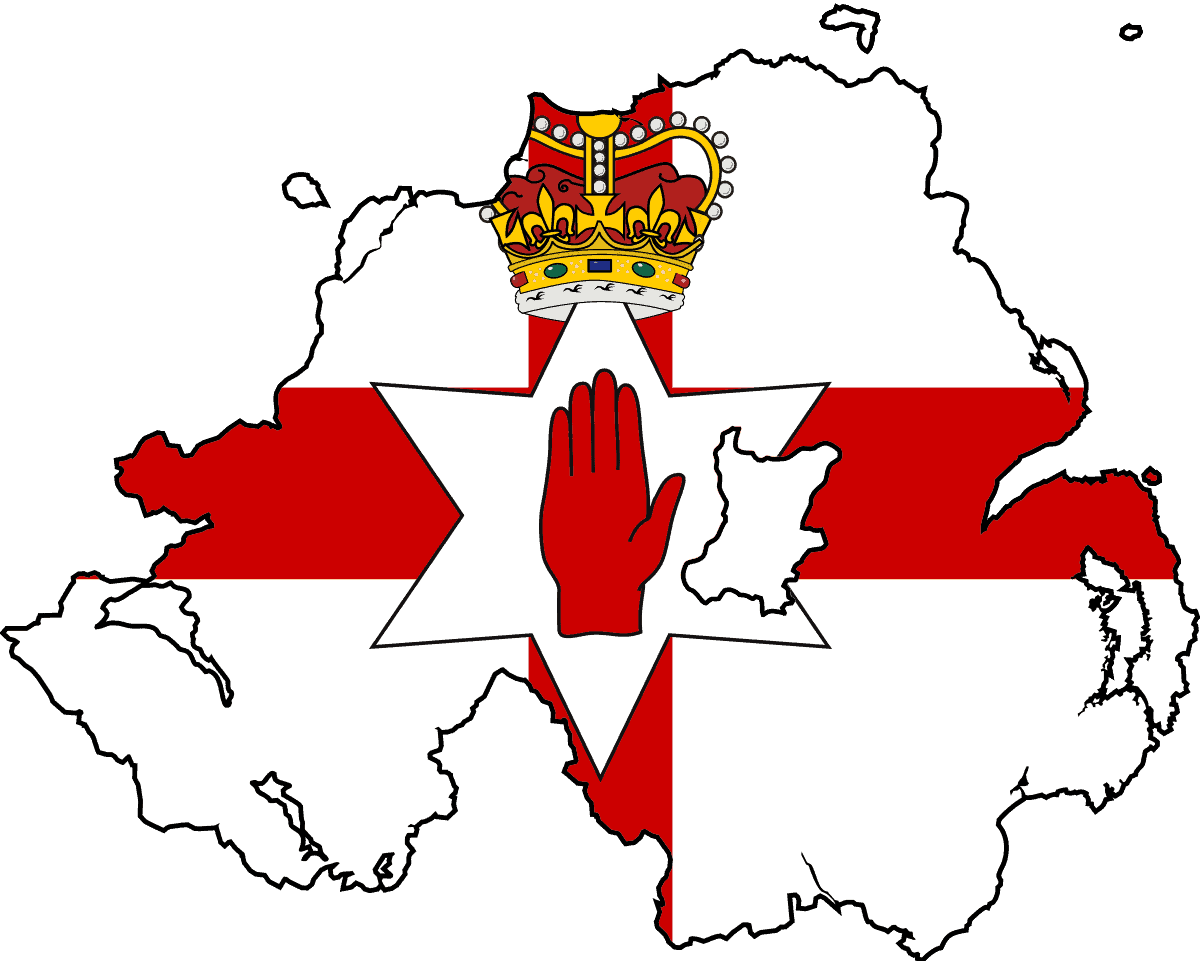
Motto of Northern Ireland
National animal of Northern Ireland
The National animal of Northern Ireland is Not Declared
National flower of Northern Ireland
The National flower of Northern Ireland is Flax. Botanical name is Linum usitatissimum.
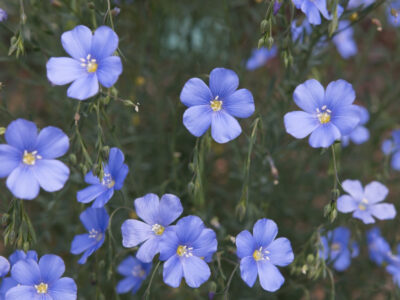
National bird of Northern Ireland
The National bird of Northern Ireland is Not Declared
Rest of the National symbols of Northern Ireland 👇
-
National dishUlster fry
-
National danceIrish stepdance
-
National dressIrish clothing, for both men and women, generally consisting of two important pieces: a léine and a brat. The léine was a tunic-like garment, usually made out of linen and reached to about the knee
-
National anthemView Anthem
-
National fruitGreasy pippin
-
National drinkIrish whiskey
-
National colorsAzure blue
-
National sportsIrish Rugby Football Union
-
National treeSessile oak
-
National poetSinéad Morrissey
-
National mausoleumTempletown Mausoleum
-
National archivesPublic Record Office of Northern Ireland
-
National museumNational Museums Northern Ireland
-
Highest peakSlieve Donard
-
National football teamNIR
-
Tourism sloganEmbrace A Giant Spirit
-
National airlineN/A
-
National instrumentNot Declared
-
National heroNot Declared
-
Prime MinisterPaul Givan (First Minister)
-
Olympics Committee
-
PassportPassport of Northern Ireland
-
Mythical CreatureBalor of the Evil Eye
Northern Irish Proverbs - Popular quotes, proverbs and sayings.
A man is often a bad adviser to himself and a good adviser to another. There are finer fish in the sea than have ever been caught. That which is nearest a woman’s heart is the first to come out. Age is Honorable and youth is noble. A person’s heart is in his feet. When you are right no one remembers; when you are wrong no one forgets. When the apple is ripe it will fall. If you want an audience start a fight. If you want to be criticized, marry. Nature breaks through the eyes of the cat. Even a small thorn causes festering. A questioning man is halfway to being wise. When a twig grows hard it is difficult to twist it.
